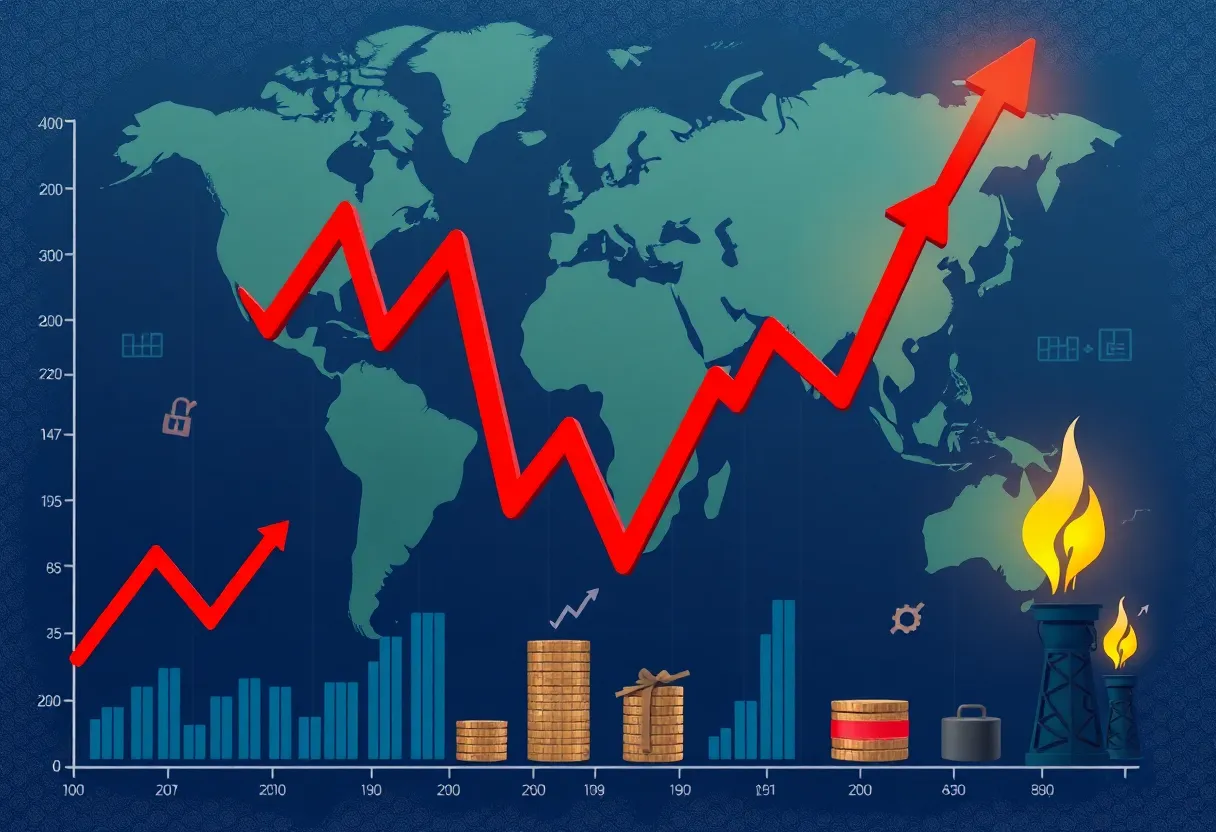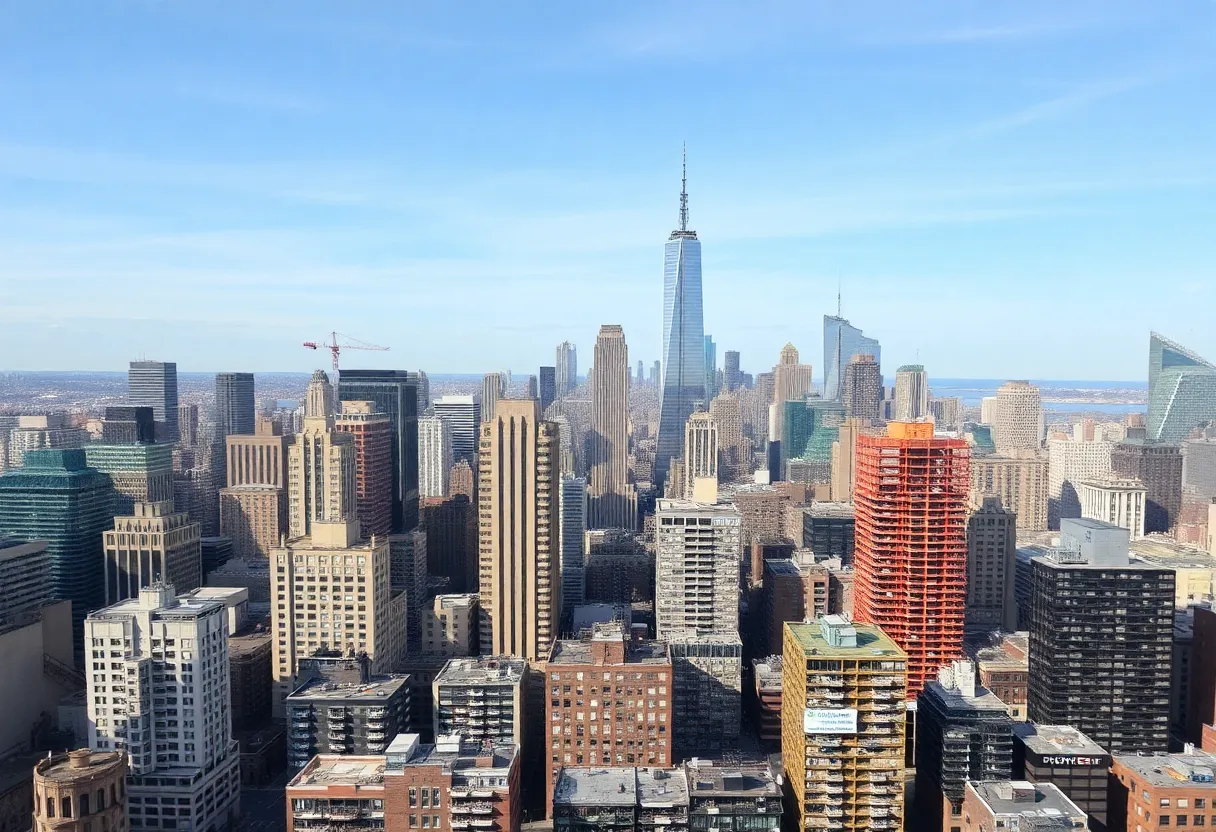News Summary
New York City will implement congestion pricing starting in early 2025, aiming to reduce traffic and pollution while generating revenue. However, many local businesses, particularly restaurants, are concerned about the financial impact and decline in customer foot traffic this new toll may cause. With rising operational costs and the uncertainty surrounding the program, the NYC restaurant sector fears it could lead to closures and further economic strain. The U.S. Department of Transportation is also facing legal challenges regarding the initiative.
Big Changes Coming to NYC: Congestion Pricing Rolls Out in 2025
New York City is gearing up for a major shift in how it handles traffic and transportation, with plans to implement congestion pricing starting in early 2025. The city believes this policy will help raise funds, reduce pollution, and ease the relentless traffic that plagues its streets. However, not everyone is on board with this new initiative, as commuters and local businesses have voiced significant concerns.
What’s the Deal with Congestion Pricing?
Congestion pricing involves charging vehicles a fee to enter certain congested areas during peak hours. Starting next year, drivers entering Manhattan’s Congestion Relief Zone will need to shell out $9 from 5:00 a.m. to 9:00 p.m. on weekdays and weekends from 9:00 a.m. to 9:00 p.m. Outside these hours, the toll drops to $2.25. While some may see it as a logical move to combat traffic, many local businesses fear it could wreak havoc on their operations.
Voices from the Streets
Restaurant owners, in particular, are raising red flags about the potential impacts of this new toll. With the restaurant industry still grappling from the aftershocks of the COVID-19 pandemic, local eateries are already stretched thin. Rising food and labor costs have plagued the industry, and many are fearful that this added financial burden could be the final straw for their businesses.
As if adapting to an unpredictable post-pandemic world wasn’t enough, the economic strain is escalating. In a recent report, a staggering 80% of restaurants indicated they’re dealing with climbing food costs, while 90% of them are seeing increased labor expenses. All these factors have left restaurant owners feeling anxious about what congestion pricing will mean for their bottom lines.
The Ripple Effect Across NYC
As congestion pricing is set to take effect, local restaurant owners are not only worried about their operations but also about the overall impact on foot traffic, which is crucial for their survival. A dip in customers could mean a rise in closures and even more economic distress. Moreover, a study uncovered that transportation costs from suppliers have soared thanks to extra toll charges, eating further into the already tight profit margins that these businesses are facing.
The price of public transportation doesn’t help matters either. Residents traveling from nearby New Jersey are facing ticket prices that can soar above $34 for a single adult trip. As such, many might consider driving into the city less cumbersome, despite the congestion fees. This makes it even more probable that the tolls might not significantly reduce traffic after all.
What’s Next for NYC?
The U.S. Department of Transportation has also found itself caught in a legal quagmire concerning the congestion pricing program, which critics have characterized as a mere cash grab rather than a sincere attempt to alleviate congestion. Disagreements within federal legal teams have surfaced, raising doubts about the chances of success against NYC’s initiative. Some memos even suggested that pursuing a different legal strategy may be necessary.
This uncertainty just adds to the anxiety surrounding congestion pricing. If the policy takes a toll on local businesses by dramatically reducing consumer foot traffic, the downstream effects could plunge the NYC restaurant sector into a more dire situation.
What Lies Ahead?
As conversations about congestion pricing continue, one thing is clear: there’s a lot at stake for NYC residents and businesses alike. With rising costs already straining the restaurant industry, and the specter of reduced customer traffic looming large, it remains to be seen how this new policy will ultimately play out. For now, the city is set on moving forward, but the voices of those impacted could still influence the conversation.
Deeper Dive: News & Info About This Topic








